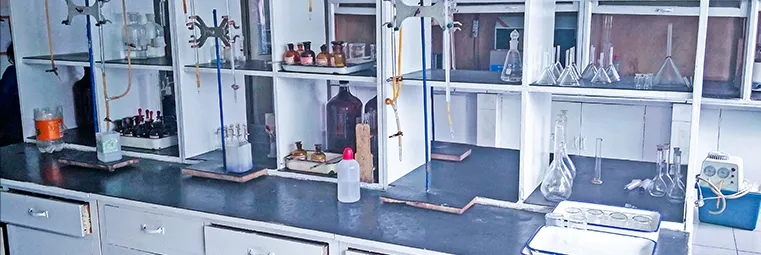Chemical Precipitation in Wastewater Treatment An Overview
Chemical precipitation is a widely employed method in wastewater treatment systems, particularly effective in removing dissolved heavy metals and other contaminants. This technique involves the addition of chemical agents to wastewater, resulting in the formation of solid particles that can be easily separated from the liquid phase. This article delves into the principles of chemical precipitation, its processes, advantages, challenges, and applications in modern wastewater treatment.
Principle of Chemical Precipitation
At its core, chemical precipitation relies on the alteration of solubility of certain compounds, which leads to the conversion of soluble contaminants into insoluble precipitates. This transformation is achieved by adding specific reagents that react with the pollutants. For instance, when treating wastewater containing heavy metals such as lead, cadmium, or copper, metal ions can be converted into metal hydroxides through the addition of alkaline reagents like sodium hydroxide or lime. The resulting metal hydroxides form solid precipitates that can settle out in a sedimentation process or be filtered out.
Process of Chemical Precipitation
The chemical precipitation process generally consists of several key steps
1. Chemical Addition Appropriate coagulants and precipitants are added to the wastewater to induce the desired chemical reactions. Common chemicals include lime (calcium hydroxide), aluminum sulfate, and ferric chloride.
2. Mixing After the chemicals are added, the wastewater is mixed thoroughly to ensure uniform distribution of the reagents and to facilitate the precipitation reaction.
3. Reaction and Formation of Precipitates During this phase, the contaminants react with the added chemicals, leading to the formation of solid precipitates.
4. Sedimentation The heavier precipitates are allowed to settle to the bottom of the treatment vessel. This process is often enhanced by gravity settling in larger sedimentation tanks.
5. Thickening and Filtration Post-sedimentation, the sludge containing the precipitates can be thickened and may undergo further filtration to separate the solids from the liquid effluent.
6. Disposal of Sludge The separated sludge, which contains concentrated contaminants, must be disposed of safely or treated further, often requiring stabilization to reduce its environmental impact.
Advantages of Chemical Precipitation
chemical precipitation wastewater treatment pdf

Chemical precipitation offers several advantages in wastewater treatment
- Effectiveness This method is particularly effective for removing specific pollutants, especially heavy metals and phosphates, ensuring compliance with regulatory discharge standards.
- Rapid Process The reactions involved in precipitation occur relatively quickly, allowing for efficient treatment cycles.
- Simplicity and Adaptability The equipment required for chemical precipitation is often less complex than that needed for other methods, making it easier to implement in various settings.
Challenges and Limitations
While chemical precipitation is beneficial, it is not without challenges
- Chemical Costs The cost of chemicals and their availability can be a limiting factor, particularly in large-scale operations.
- Sludge Management The process generates sludge that needs to be managed effectively to avoid land contamination or other environmental hazards.
- pH Control The efficiency of precipitation can be significantly influenced by the pH of the wastewater, necessitating careful monitoring and control during treatment.
Applications in Wastewater Treatment
Chemical precipitation is widely used in various sectors, including industrial, municipal, and agricultural wastewater treatment. Industries that generate heavy metals, such as mining, electroplating, and chemical manufacturing, benefit significantly from this process. Municipal wastewater treatment plants often use chemical precipitation to manage nutrient loads, particularly phosphorus, thereby mitigating eutrophication in receiving water bodies.
Conclusion
Chemical precipitation plays a crucial role in the effective treatment of wastewater, particularly in the removal of pollutants that could otherwise pose significant risks to human health and the environment. As the demand for clean water continues to rise, the optimization and innovation within chemical precipitation processes are essential. Ongoing research and development aim to enhance the efficiency and cost-effectiveness of this method, ensuring that it remains a viable solution in the quest for sustainable wastewater management.

